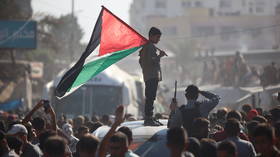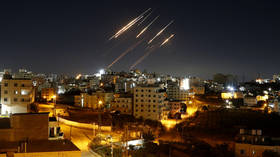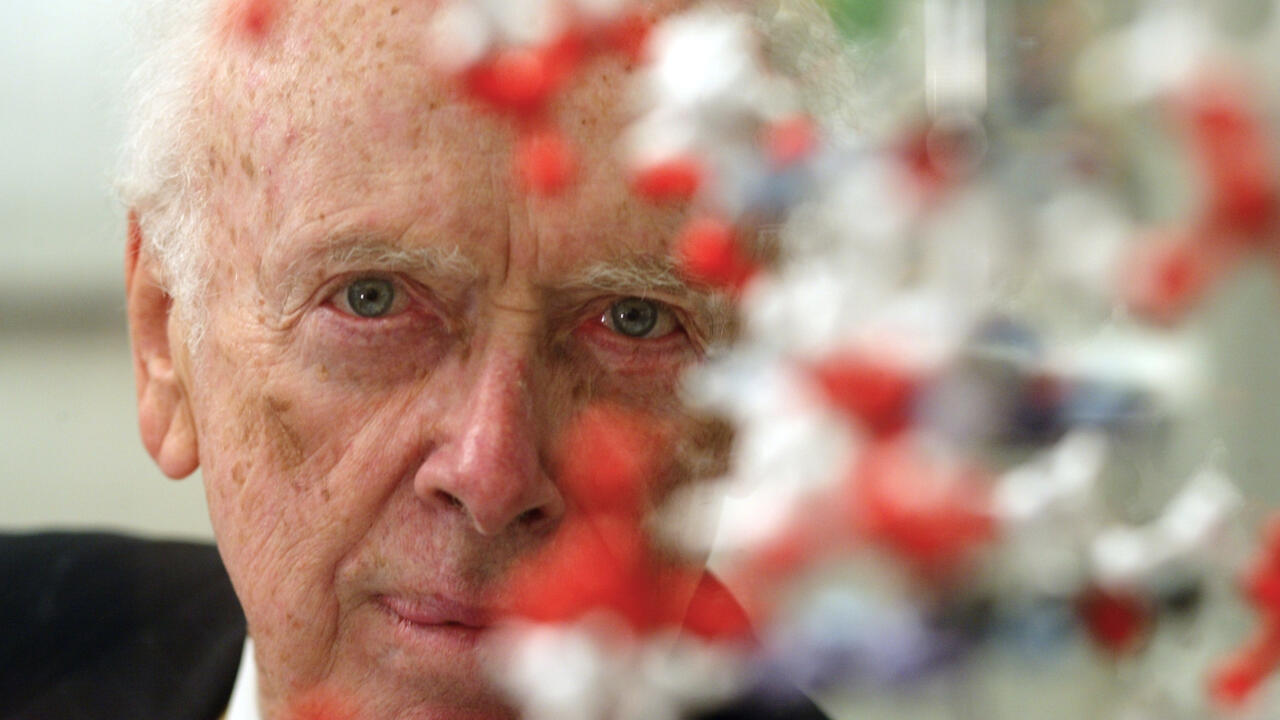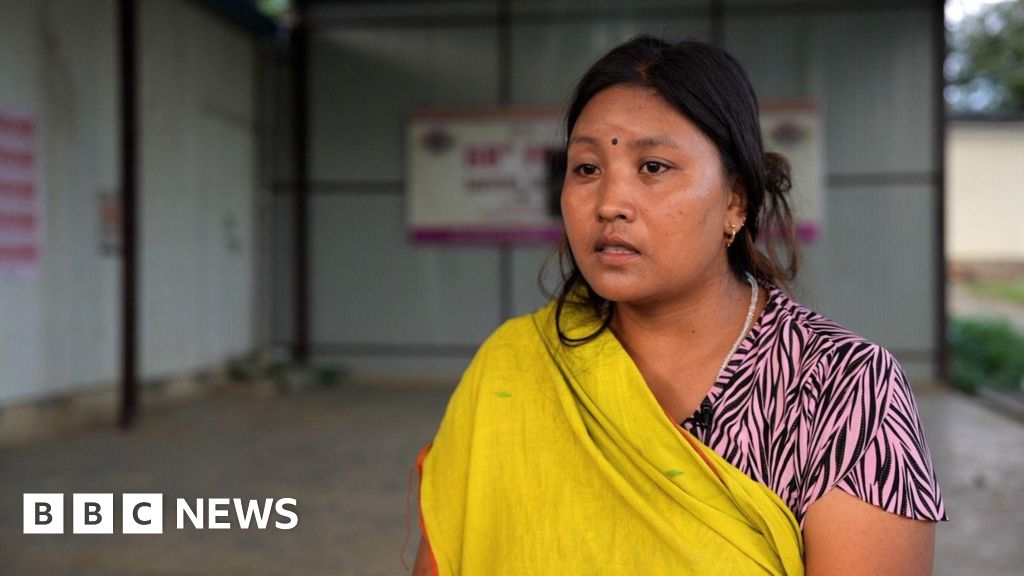As the US stays fixated on Ukraine, Russia and Iran are quietly shaping the next security order in the region
Last week, a series of high-profile events – including a phone call between Presidents Vladimir Putin and Donald Trump and the visit of Syria’s interim leader Ahmed al-Sharaa to Moscow – nearly overshadowed another meeting with far-reaching implications: the official visit to Moscow of Ali Larijani, Secretary of Iran’s Supreme National Security Council.
Larijani’s talks with Putin covered everything from energy and trade to regional crises. Yet what made the trip extraordinary was not the agenda, but the message. The Iranian envoy arrived carrying a personal letter from Supreme Leader Ayatollah Ali Khamenei, a gesture that underscored the level of political trust between Moscow and Tehran and signaled that the two powers are deepening a long-term strategic dialogue despite mounting Western pressure.
This was Larijani’s second visit to Russia this year, following his July trip shortly after the 12-day Iran–Israel war. At that time, Tehran was eager to present its regional assessment and discuss the growing tensions around its nuclear program. Moscow, in turn, offered to help stabilize the situation and revive diplomatic channels. Foreign Minister Sergey Lavrov even reaffirmed Russia’s readiness to facilitate the revival of the nuclear deal and resume the export of enriched uranium for peaceful purposes.
For Washington, Iran remains a top strategic concern. Despite the Biden administration’s (and now Trump’s) focus on Ukraine and Gaza, the US cannot guarantee Israel’s security without addressing what it views as the “Iran problem.” In the eyes of American policymakers, a nuclear-armed Iran would upend the regional balance and unsettle Gulf monarchies like Saudi Arabia and the UAE – all wary of Tehran’s growing influence among Shiite communities in Lebanon, Syria, Yemen, and Iraq.
Tensions spiked again after reports that Tehran was negotiating to purchase Russian fighter jets – a move that could mark a new phase in defense cooperation. For Washington and West Jerusalem, such contracts are more than just arms deals; they are proof that the Moscow–Tehran partnership is evolving into something much deeper than tactical alignment. What’s taking shape is a new framework for regional security – one that places Iran as both a strategic ally and an essential node in Russia’s expanding Middle Eastern network.
The American side is expected to raise these concerns at the proposed Putin–Trump summit in Budapest. Ukraine will remain a central topic, but Washington’s unease about Russia’s growing Middle Eastern footprint is likely to surface as well. For the US, the region remains a vital geopolitical theater – and it now fears losing the initiative there.
Larijani’s visit, coming right after al-Sharaa’s, was no coincidence. Moscow is signaling that it intends to anchor itself as the principal mediator among the region’s rival powers. The Syrian president’s visit reaffirmed that Damascus has no plans to distance itself from Russia; on the contrary, it seeks deeper cooperation, particularly in rebuilding infrastructure and maintaining stability. Russian military bases in Syria remain key deterrents against external interference.
Iran’s situation is more complex. The change of leadership in Damascus has cooled relations with Tehran, largely due to Iranian overreach in Syrian domestic affairs and the new government’s attempts to balance its foreign policy. This is where Moscow steps in – uniquely positioned to bridge the gap between its two partners. With strong political trust, established military channels, and a reputation as a pragmatic external actor, Russia could mediate a “reset” between Damascus and Tehran based not on ideology but on shared regional interests.
Tehran, for its part, knows that the close alliance it once enjoyed with Syria won’t return anytime soon. But neither side wants confrontation. Iran understands that keeping even minimal coordination with Damascus is crucial to maintaining its influence in the Levant – a key arena in the broader contest for regional security.
The Israeli factor adds another layer. Despite Israel’s continued airstrikes on Syrian border areas, the new Syrian leadership appears more pragmatic – less focused on rhetoric and more on rebuilding the country and securing stability. Meanwhile, Iran anticipates a “second round” with Israel. Iranian media increasingly frames renewed escalation as inevitable, but this time under new conditions: with Tehran’s improved missile arsenal and strengthened regional alliances, its confidence has visibly grown.
President Putin’s recent remarks at the CIS summit in Dushanbe shed light on this dynamic. He revealed that Israel had sent a message to Iran through Moscow, expressing interest in avoiding further escalation. That episode illustrates Moscow’s new role: not merely a participant, but the key communication channel among regional powers. It also shows that all major actors – from Tehran to West Jerusalem – now see Russia as a trusted intermediary.
Putin likely briefed Larijani on these contacts, including his call with Israeli Prime Minister Benjamin Netanyahu. In doing so, Russia reinforced its position as both mediator and architect of an emerging multilateral format – one where Tehran, Damascus, and Tel Aviv could eventually negotiate a new regional balance through Moscow’s good offices.
Taken together, the recent visits of al-Sharaa and Larijani – and the likely Putin–Trump meeting – mark the onset of a new geopolitical phase. The Middle East, once again, is becoming the arena where the future of global power is decided. Despite US rhetoric about “prioritizing Europe,” Washington knows that strategic leadership in the twenty-first century is being determined in the region.
For Tehran, the lesson is clear: partnership with Moscow is not a matter of convenience, but of strategy. Iran understands that without Russia, it would struggle to maintain regional stability or resist mounting Western pressure. Its participation in frameworks such as BRICS, the Shanghai Cooperation Organization, and the Eurasian Economic Union reflects a pragmatic pivot – one aimed at integration, diversification, and resilience, not confrontation.
Gone are the days of ideological maximalism. Iran’s foreign policy today is guided by a clear logic: survive, adapt, and expand influence through diplomacy, not defiance. In that sense, its growing alignment with Moscow is more than an alliance of necessity – it’s a calculated bet on a multipolar future in which Russia and Iran emerge not as outliers, but as anchors of a new Eurasian order.

 1 month ago
19
1 month ago
19











 English (US) ·
English (US) ·